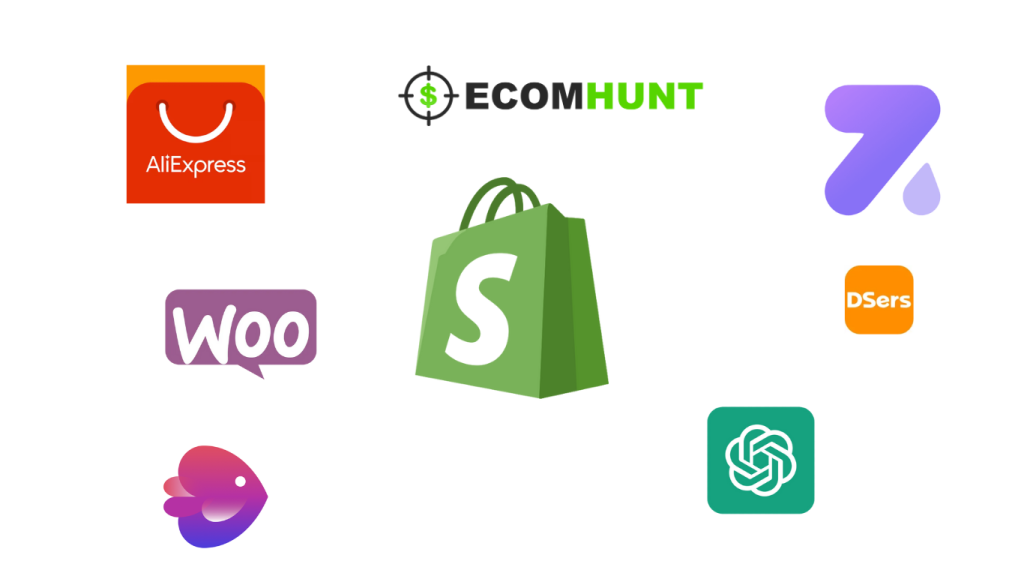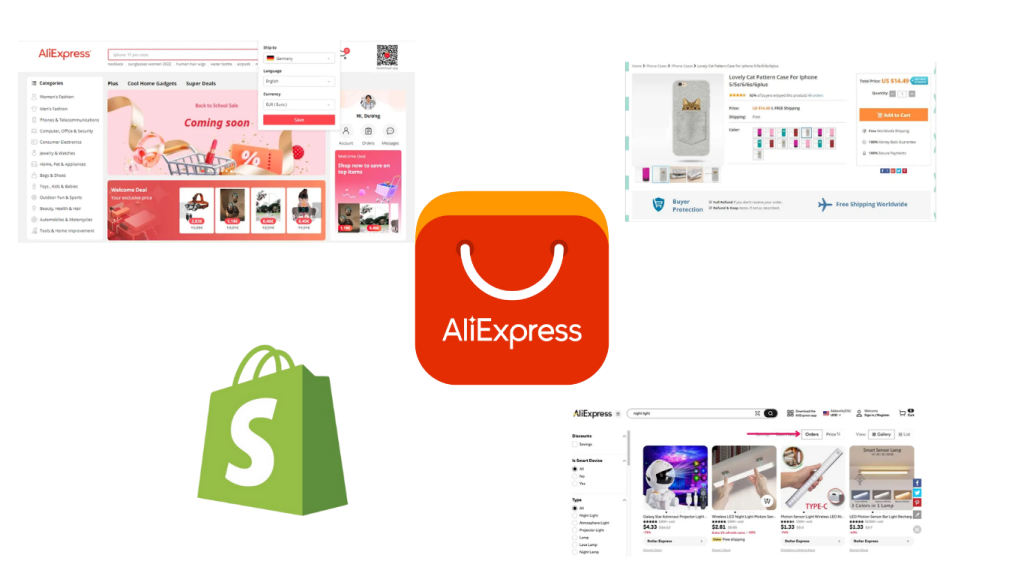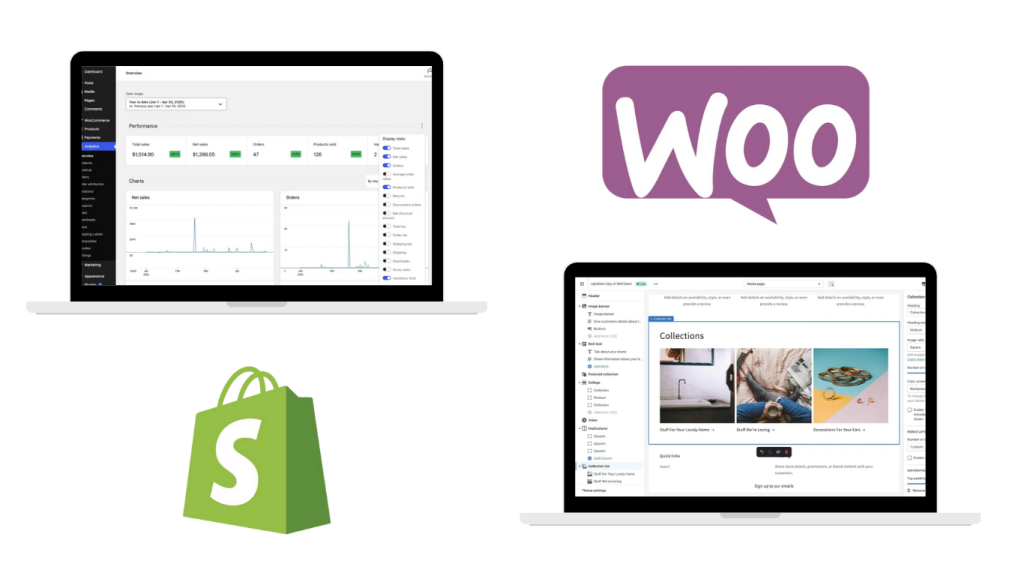Best Shopify Apps for Dropshipping in 2025
Your friendly guide to finding tools that actually help you scale
Hey there, dropshipper friend! If you’re running (or planning) a Shopify dropshipping store in 2025, picking the right apps is one of the smartest moves you can make. The wrong ones can slow you down, increase costs, or break your store. But the right ones can automate tasks, boost conversions, improve shipping, and free you to focus on growth.
In this article, I’ll walk you through the best Shopify dropshipping apps for 2025 — what they do, when to use them, pros & cons, and tips from someone who’s in your shoes. Let’s treat this like coffee chat, with advice I wish someone gave me early on.

Why your choice of Shopify apps really matters
Before we dive into the list, let me set the stage with a few friendly reminders:
Speed, reliability, and integration matter more than flashy features. If an app bogs down your store or has broken integrations, it’s a liability.
Automation is your friend, but only when it’s smart. Too many small apps doing overlapping jobs can lead to bugs, conflicts, and dreaded “which app is doing what?” confusion.
Costs add up. A “$10/month app” doesn’t feel like much until you stack five of them. Always think about ROI.
Your niche and target market should guide your choices. An app that’s awesome in the U.S. might be less useful if your audience is in Europe or Asia.
In short: don’t just chase “best apps” lists. Pick the best for you. That said, here are my top picks (and how I’d use them if I were you).
How I selected these apps (so you trust me 😉)
To pick apps worth writing about, I used criteria I’d use for my own store:
Performance & store speed — must not dramatically slow things.
Automation & time saved — does it reduce manual work?
Support & updates — good dev team, active improvements.
Value vs. cost — not just cheap, but impactful.
Real user feedback — what actual users say in 2024–2025.
Also, many of the resources I used for research were current lists of “best Shopify dropshipping apps 2025” from credible sources.
Now, here are the ones I’d personally lean toward if I were in your shoes.
🚀 Ready to make money online? Watch this 100% free dropshipping course today and take the first step toward building your online business. No sign-up, no catch — just pure value.
Core dropshipping & sourcing apps
These are the backbone: they let you import products, manage suppliers, and fulfill orders.
1. DSers – AliExpress dropshipping made easier
If you plan to source from AliExpress (a classic), DSers is one of the go-to apps. It’s the “official” AliExpress partner, and many users love its automation and supplier switching.
Why consider DSers:
Automates order placement — once a customer orders on your site, DSers places it for you.
Inventory & price sync — it keeps your product listings in line with supplier stock.
Supplier optimization — switch suppliers if one goes out of stock or price changes.
Fair free or low-cost tier (depending on your scale) for starters.
Caution / things to check:
Because AliExpress shipping is often slow, make sure you choose suppliers with ePacket / faster shipping or use suppliers with warehouses in your target markets.
Some sellers report occasional syncing errors — always monitor early on.
As you scale, DSers alone might not solve branding or premium packaging needs.
2. CJdropshipping – all-in-one sourcing & fulfillment
CJdropshipping is like a Swiss Army knife. It helps you find products, stores them, handles quality checks, and fulfills orders.
Why CJdropshipping is nice:
Multiple warehouses around the world, so you can pick suppliers closer to your customers (shorter shipping times).
Product sourcing requests: if you don’t see something, you can ask them to find it.
Branding and customization (packaging, inserts) options in some plans.
Free to install, though product/shipping costs apply.
Caution:
The UI can sometimes be complex (lots of options). Give yourself a little time to learn.
Not every product has local stock — still hit or miss sometimes.
3. Spocket – fast shipping from US / EU suppliers
If you want to advertise “fast shipping” (2–7 days) to U.S. or European customers, Spocket is a strong pick. It curates suppliers from those regions, so your customers see better delivery times.
4. Zendrop – branding + speed features
Zendrop is another “all-in-one dropshipping app” that puts emphasis on fast shipping, branding, and packaging. Many 2025 roundups put it among the best dropshipping apps.
Why Zendrop stands out:
Many U.S. suppliers, which helps with shorter shipping windows.
Option for custom branding (packaging, inserts) — useful if you care about brand experience.
Good dashboard for tracking supplier performance.
Be aware:
It may get pricey when your order volume rises.
As with many apps, occasional syncing hiccups reported by users.
5. Syncee – a marketplace + dropshipping hybrid
Syncee isn’t just a straight dropshipping app; it’s more like a curated supply marketplace where you can find vetted suppliers and import with ease.
Why I like Syncee:
Large product catalog from many suppliers.
You can filter by region, price, reliability.
Useful when you want to test different niches quickly.
Drawbacks:
Fewer automation features than DSers or CJdropshipping in some cases.
You may still need extra apps for brand packaging or premium features.
6. EPROLO – agent + branding support
EPROLO is a favorite in dropshipping circles because it also acts as a dropshipping agent: sourcing, warehousing, quality control, and branding support.
Highlights:
It handles many backend tasks (quality control, etc.), which is a huge time saver.
Good for newcomers who want less manual work.
Branding and packaging support in better plans.
Watch out:
Some features might be locked in more expensive plans.
Because it’s doing more “hands-on” service, lead times for new requests can vary.

Conversion, trust & boosting sales apps
Once your supply chain is sorted, you want apps that help turn browsers into buyers, build trust, and increase average order value (AOV).
ReConvert – post-purchase upsell & thank you pages
One of my favorite “hidden gem” apps. ReConvert lets you offer post-purchase upsells, customize thank-you pages, and provide order incentives. This is smart because the sale is already happening — you’re maximizing revenue per customer.
Use it when: You already have some orders flowing, and you want to squeeze more value per sale.
Tip: Don’t overpush offers (you’ll annoy some customers). Keep it relevant and simple.
Loox – user reviews with photos & social proof
You know how seeing reviews with real photos gives you more confidence when you shop? That’s what Loox helps your customers do. It sends automatic review requests and allows photo/video reviews.
This builds trust — especially in dropshipping where skeptics abound.
Free Shipping Bar / Announcement bar apps
It may sound small, but telling people “You’re $12 away from free shipping!” or “Free U.S. shipping on orders over $50” can nudge conversions. Many apps do this well, with geo-targeting, progressive messages, etc.
Use one sparingly, and test your wording. Sometimes “Free Shipping” is more powerful than a discount.
Koala Bundles / Volume Discounts
Bundling or “buy more for cheaper per item” is a classic way to raise AOV. In 2025, new apps like Koala Bundles Volume Discounts are getting buzz for smooth UX and smart targeting.
If your store has multiple complementary products, bundling can turn average carts into power carts.
Marketing, automation & retention apps
Getting a sale is one thing — getting repeat customers is where profit lies.
Omnisend – email & SMS automation
Omnisend is a favorite multi-channel automation tool. It handles email campaigns, abandoned cart flows, SMS, push notifications — you name it.
I love this because it keeps your store talking to customers automatically. You don’t have to send every email manually.
UpPromote / affiliate / influencer marketing apps
If you want people to promote your store for you, UpPromote (affiliate programs) is a strong pick. Many 2025 “best Shopify apps” lists include it.
By giving commissions to affiliates/influencers, you get more eyes without up-front ad cost.
Klaviyo (or alternative email platforms)
Klaviyo is a heavy hitter for email marketing. It’s more advanced, data-driven, and offers sophisticated segmentation. Many merchants use it in tandem with dropshipping apps.
If you start small, Omnisend might suffice; as you grow, Klaviyo helps you scale personalization.

Tips & best practices when selecting and using apps
Here are a few lessons I’ve learned (or wished someone taught me) — consider these like little “app survival tips”:
Always test on low traffic first
Before turning a new app live for everyone, test it on a staging environment or with a segment of traffic. That way you catch conflicts or load issues early.Monitor performance impact
After installing an app, track page load time, Core Web Vitals, and conversion drops (if any). If performance dips, reconsider or find lighter alternatives.Avoid feature overlap
Don’t install two apps that do the same thing (e.g. two upsell apps). They may fight or duplicate work.Start small, scale later
Use free or low-tier plans until you’re sure the app generates value. Once it pays for itself, you can upgrade.Back up before big changes
Sometimes app uninstall or layout changes break things. Always take backups or snapshots before major changes.Stay updated & watch reviews
Look at recent reviews, changelogs, and developer activity. Even great apps can decline over time if maintenance drops off.Measure everything
Use analytics (Shopify reports, Google Analytics, etc.) to measure how much each app is contributing (or hurting). If something doesn’t pay off, remove it.Keep an eye on costs as you scale
What’s “cheap” at $10/month when you have 10 orders becomes significant when you have 1,000 orders. Reassess periodically.
Sample app stack for three growth stages
Stage 1 — early days (few orders, testing)
DSers or CJdropshipping
TinyIMG + Plug In SEO
Loox (reviews)
Free Shipping Bar
ReConvert
Omnisend (free tier)
PageFly (free/basic)
Stage 2 — growth phase (steady orders)
Upgrade DSers/CJ/Zen drop to pro tier
Add Koala Bundles or upsell / cross-sell app
Move to paid Omnisend or upgrade to Klaviyo
Add affiliate / influencer app (UpPromote)
Introduce A/B testing or heatmap tool
Add loyalty / rewards app (if repeating customers matter)
Stage 3 — scale / optimization
Using most advanced tiers of core apps
Add performance monitoring tools
Integrate analytics / BI dashboards
Add SMS / push notification tools
Test premium page builders / custom UX flows
Consider custom app development for unique features
🚀 Ready to make money online? Watch this 100% free dropshipping course today and take the first step toward building your online business. No sign-up, no catch — just pure value.
Common pitfalls and what I’d avoid
Because I’ve seen others (and myself) crash into these, I’ll call out a few things you should watch out for:
Too many apps → site becomes fragile and slow.
Free apps with hidden costs → some charge per use or take margins.
Apps with poor support → when something fails (and it will), you want a responsive team.
Ignoring localization / region issues → shipping, currency, and region-based suppliers matter a lot.
Relying solely on low-cost suppliers → in 2025, returns, quality, and shipping delays are your enemies.
Neglecting branding → even in dropshipping, packaging, inserts, consistent UI matter for trust.
Not revisiting your stack — don’t assume “set and forget.” As you grow, your needs change.
Final thoughts (the friend-to-friend wrap up)
If I were starting a Shopify dropshipping store right now in 2025, I’d begin with a minimal, well-thought-out stack, get cash flowing, and then layer in complexity. The best apps for you are the ones you use well, not just visually “cool.”
Start with one or two core sourcing/fulfillment apps (DSers, CJdropshipping, Spocket, etc.), then add a speed/SEO helper, a reviews app, and one conversion booster. As you grow, bring in marketing automation, bundling, and affiliate tools — always measuring whether each adds more than it costs.
And remember: the “best Shopify apps for dropshipping 2025” list is ever-evolving. Check reviews, monitor your metrics, and don’t be afraid to swap something out if it’s underperforming.
